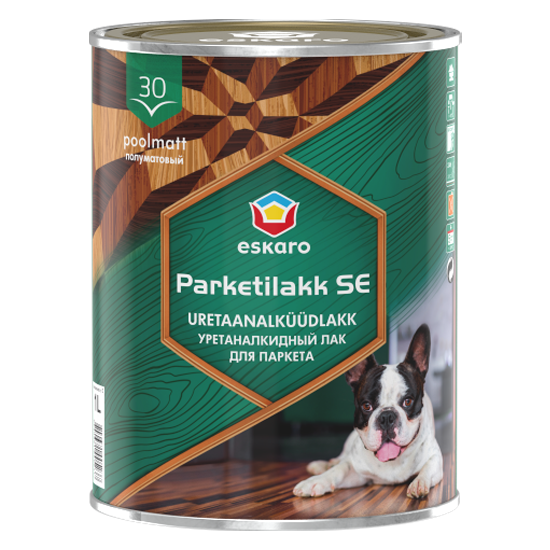Parketilakk SE 30
ТОВ "ЕСКАРО IНДАСТРI" стремится непрерывно улучшать качество своей продукции и сервиса, предоставляемого потребителю. Поэтому, мы рады пригласить к сотрудничеству потенциальных партнеров
Если Ваша продукция применяется или может применять в качестве сырья или упаковки при производстве лакокрасочных материалов мы будем рады получить Ваше предложение к сотрудничеству и рассмотреть его в отделе снабжения:
Если Ваша компания оказывает транспортные услуги, мы готовы получить Ваше предложение и обсудить направления и тарифы в отделе транспортной логистики:
Наше сотрудничество может не ограничиваться только продажей готовой продукции.
Мы готовы проводить разработки новых видов ЛКМ по вашему заказу, а так же производить краску под ваших заказчиков и под вашей торговой маркой (аутсорсинг, контрактное производство, private label) и т.д.
 UA
UA


 Download Technical Data Sheet
Download Technical Data Sheet












